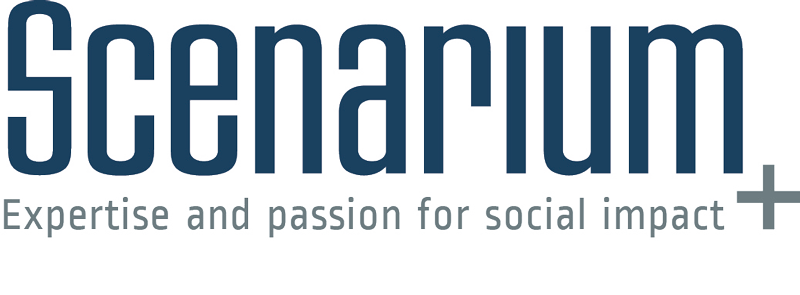Current international agendas such as the Sustainable Development Goals and the UNAIDS Fast-Track Strategy to end the AIDS epidemic by 2030 as well as mounting pressures from donors through phasing out their support demand countries to react quickly and strategically. In this context, the issue of integrating national HIV programmes with the general health system in an effort to achieve universal health coverage (UHC) is one of great importance.
This complex and very distinct undertaking requires an orchestrated and tailored approach in order to avoid the risk of countries embarking on integration prematurely without an appropriate plan of action. Besides the danger of wasting resources, it would be unforgivable to negligently jeopardise access to quality HIV services as a result of over-zealous integration activities and lack of planning and foresight. Hence, questions such as ‘Is integration even appropriate at this point in time?’, ‘Is it appropriate to integrate the entire HIV programme or should only certain domains be subject to integration?’ and ‘If so, to which degree should be integrated?’ require an answer.
Scenarium assisted UNAIDS in assessing options for integrating HIV programmes with health systems en route to UHC. Through the development of an anticipatory integration framework and a typology matrix considering the distinct areas within which integration can take place, this work addresses the current lack of support and guidance to governments. It aims at assisting the decision-making and strategic planning process around the integration of HIV programmes in different contexts.
We hence contributed to the discussion of the role that the integration of vertical programmes plays towards the post-2015 mainstreaming of UHC.



